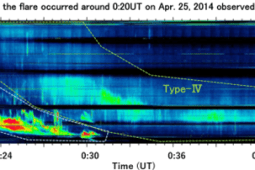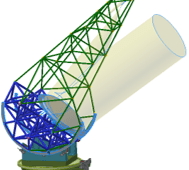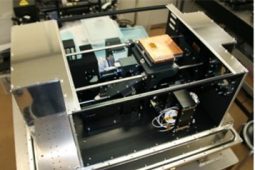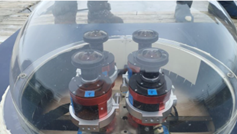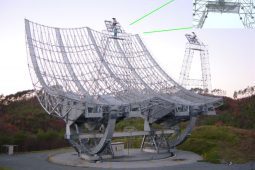Past Studies and Projects
This post is also available in: Japanese
過去の研究テーマ・プロジェクト
(Past Studies and Projects)
≫ JSPS Sakura project: Joint research between France and Japan
Two-year project (2016-2018) funded by JSPS (Japan) and MAEDI (France) joint Sakura exchange program.
*Proceeding of our understanding on physical processes of Jupiter’s and Saturn’s aurora as well as tansient and periodic processes in their magnetospheres which control morphology and time variability of the auroral phenomena.
*Sharing observed data from spacecraft and ground-based facilities, analysis tools, and numerical models between Japanese and French communities.
≫ JPSP 頭脳循環を加速する若手研究者戦略的海外派遣プログラム「ハワイ惑星専用望遠鏡を核とした惑星プラズマ・大気研究変動
の国際連携強化」」
[ 普遍的な惑星大気環境の理解を目指して ] 私たちの太陽系には、かつて水があったと考えられる寒冷な火星や、強力な磁場を持つ巨大な木星など、多種多様な惑星の大気環境があります。なぜ、同じ太陽をエネルギー供給源とするにもかかわらず、このような違いが生じるのでしょうか。我々は、これら太陽系惑星の多様な大気環境そのものを、現在の地球のみでは実現できない「極端環境の実験場」ととらえ、太陽と惑星大気環境の因果関係を、観測と理論の両輪で調べました。
[ 観測と理論を統合した研究アプローチ ] 従来これらの惑星観測は、地上や衛星探査による光や電波のリモートセンシング観測が主たる手段でした。しかし、光や電波を発しない大気は観測できないなど、これら観測から得られる情報は限定的です。一方、惑星の下層大気から宇宙空間までを一貫して理解するためには、観測に加えて、エネルギーの流れや化学反応を理解するための理論モデルやシミュレーションが不可欠です。本プロジェクトでは、観測と理論の両者を統合した研究アプローチを、国際連携のもと実施しました。
[ 国際連携と若手研究者の育成 ] 東北大学を核として、ハワイ天文学研究施設(IfA)と自前天文台による連続観測というユニークな共同研究ならびに先端装置開発の連携強化、ここには2名の若手研究者を派遣しました。また、フランス大気環境宇宙観測研究所(LATMOS)ならびにドイツマックスプランク太陽系研究所(MPS)と理論研究を連携強化し、ここに別の2名の若手研究者を派遣しました。この国際交流により、世界水準の視野と実力をもつ人材を育成し、かつ惑星大気プロセスの一貫システム的研究の国際研究拠点を確立しました。
≫ オーロラ電波
(Aurora Kilometric Radiation)
地球もまた,惑星でありながら宇宙空間に向かって電波を放射している”電波星”である,ことを知っていますか?人工衛星が宇宙空間を飛翔するとき,時におだやかに,時に強く激しく,自然の電波が地球の極地方から届きます。この電波が,極地方彩るオーロラの舞を伴奏している”オーロラ電波”です。そんなロマンティックな電波ですが,これを科学の目で観察すると,実はこの電波はいま残されているオーロラの最後の謎を解く重要な鍵を握っていることが解ってきます。私たちは,日本が打ち上げた極軌道衛星や海外の衛星データを駆使して,このオーロラの謎解きに取りかかっています。 (耳をすますとオーロラ交響曲が聞こえてきませんか?)
The Earth is a “radio planet” that is radiating radio waves towards space. Space craft observes gentle, sometimes strong and intense, natural radio waves in the polar region of the earth. This radio wave is “auroral radio emission” accompanied by dance of polar aurora. Although it is such a romantic radio wave, when observing this with the eyes of science, in fact this radio wave holds an important key to solve the last mystery of the auroral phenomena. We are working on solving the mystery of this aurora by making use of polar- orbiting satellite data.

Fig. Auroral dance observed at Polar Flat, Alaska.
≫ 月の希薄大気
(Tenuous atmospheres of the moon and satellites)
月の希薄大気の分布や生成・消滅プロセスを理解するために、望遠鏡を用いた高波長分解能の光学観測や、計算機シミュレーションを行っています。
We are making telescope observation and computer simulation of the tenuous atmospheres of the moon to understand the processes behind their generation and loss.

Fig. ScheAurora observed at Polar Flat, Alaska.
This post is also available in: Japanese

